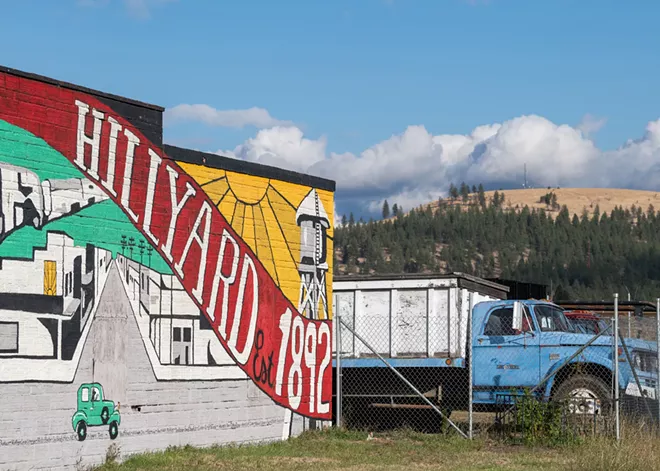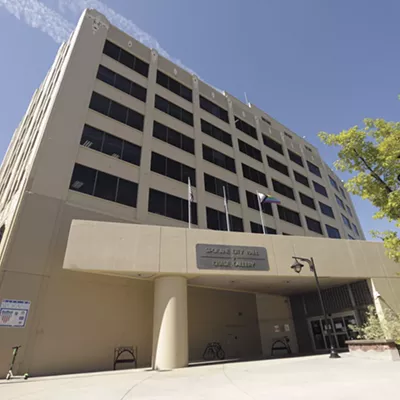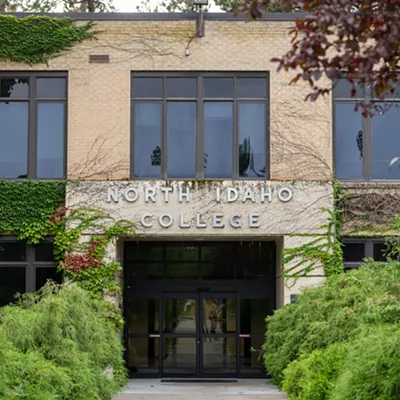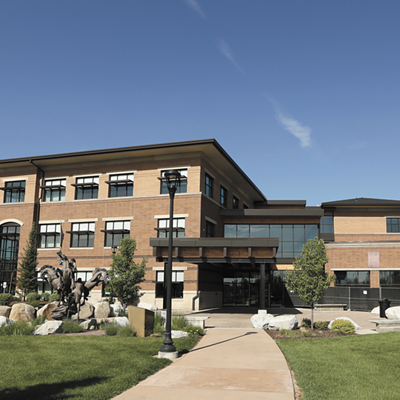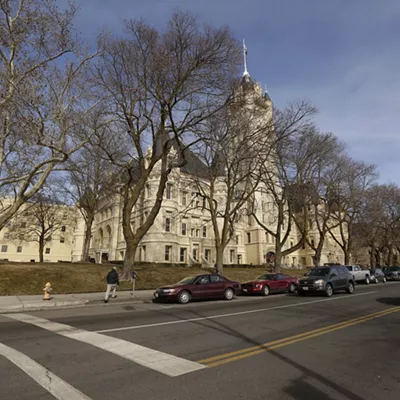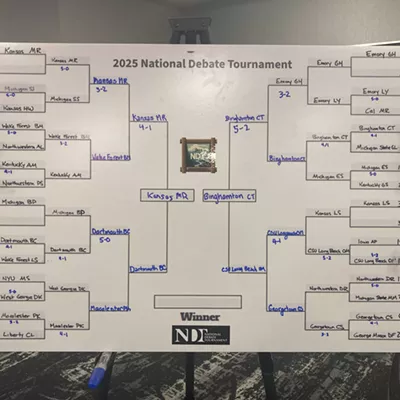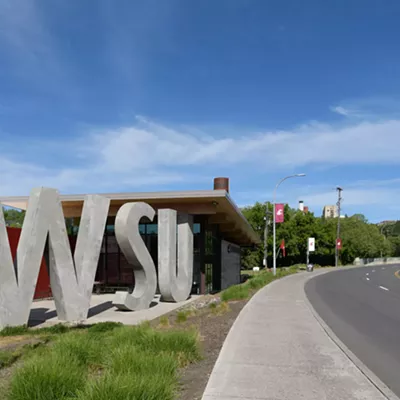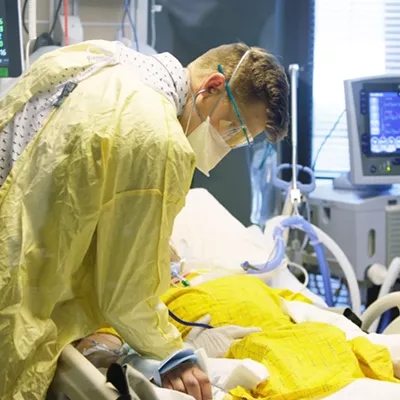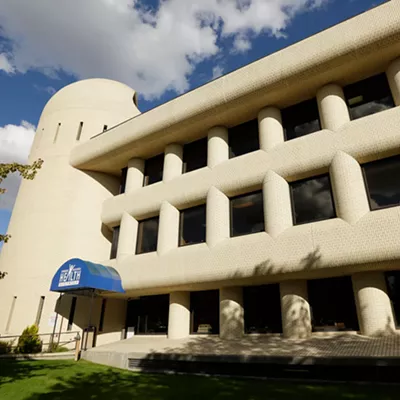Since a former Hillyard church/apartment building burned down in November 2017, the city of Spokane has been trying to recoup the more than $418,000 it spent demolishing the property and removing asbestos.
But with the foreclosed property's value currently assessed at less than half that amount, two auctions failed late last year.
So, on Monday, Sept. 25, the Spokane City Council will consider handing over the property to the Northeast Public Development Authority (NEPDA) for $1.
A public hearing that night will let people weigh in on the future of the city-owned vacant lot, which could become part of a thriving intersection at the northeast Spokane neighborhood's main cross streets, Wellesley Avenue and Market Street.
The NEPDA envisions building a roughly 25,000-square-foot mixed use development on the site, which would include about 30 affordable apartments (rented to those who make 80 percent to 115 percent of the Spokane area median income) and ground floor commercial space.
In addition to becoming an office for the public development authority, the commercial space could be used as an incubator for local businesses, with advantageous rental terms helping them test their concepts in a brick-and-mortar setting.
"We want to create something that is emblematic of Hillyard's trajectory," says Jesse Bank, who became the NEPDA's executive director in August 2022. "Hillyard's on the rise, and we want to tap into that momentum."
Founded in a partnership between the city and Spokane County more than a decade ago, the public development authority was restructured in 2019 to help ensure that some of the tax revenue generated in that area is reinvested in Hillyard.
In 2019, the NEPDA also received a $200,000 grant from the state ecology department to test for legacy contamination at the Wellesley property and create a formal plan for Hillyard.
Due to several setbacks in the foreclosure of the property, much of that work has only recently gotten underway, Bank says.
The organization has also received brownfield funding from the Environmental Protection Agency and some COVID-era American Rescue Plan funding to kickstart Hillyard's subarea planning process, he says.
"The plan will set the vision for the next 20 to 40 years of the neighborhood," Bank says. "It touches on everything from where we want crosswalks to what the land uses should be and how we pay for that growth."
The planning process will be a game changer for residents and businesses, who will get to set the priorities, he says.
If the City Council approves the land transfer, the proposed building would sit near a new north-south freeway on/off ramp that is slated to open as soon as later this year, Bank says.
"Because of how visible that site is, it can act as a billboard for what's going on here," Bank says. "It can show people that progress is being made, and address community concerns over the blight that's been sitting there since 2017."
The authority would likely partner with private developers to build the project. Once the building becomes profitable, the authority and development partners could sell it, at which point the city would get a priority stake in the profits to recoup the cleanup costs.
"It's a pretty typical real estate scenario. You build it, stabilize it, hold it for a number of years, then sell it," Bank says. "I've pitched to the city: You have no clear path to being made whole, so let me provide you a path." ♦

